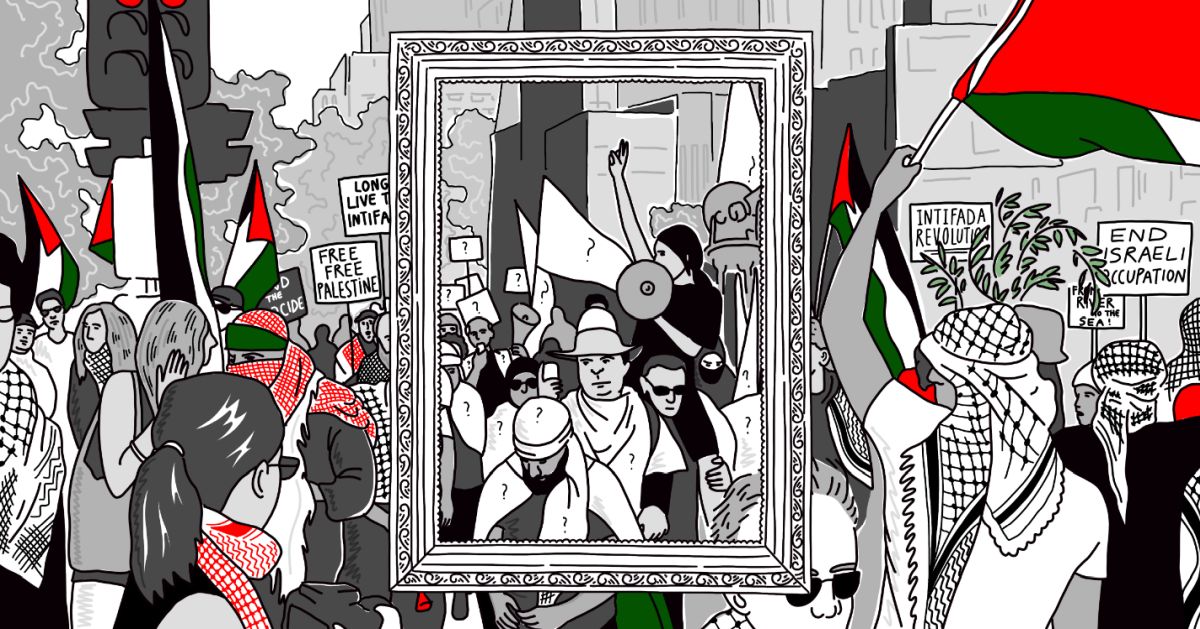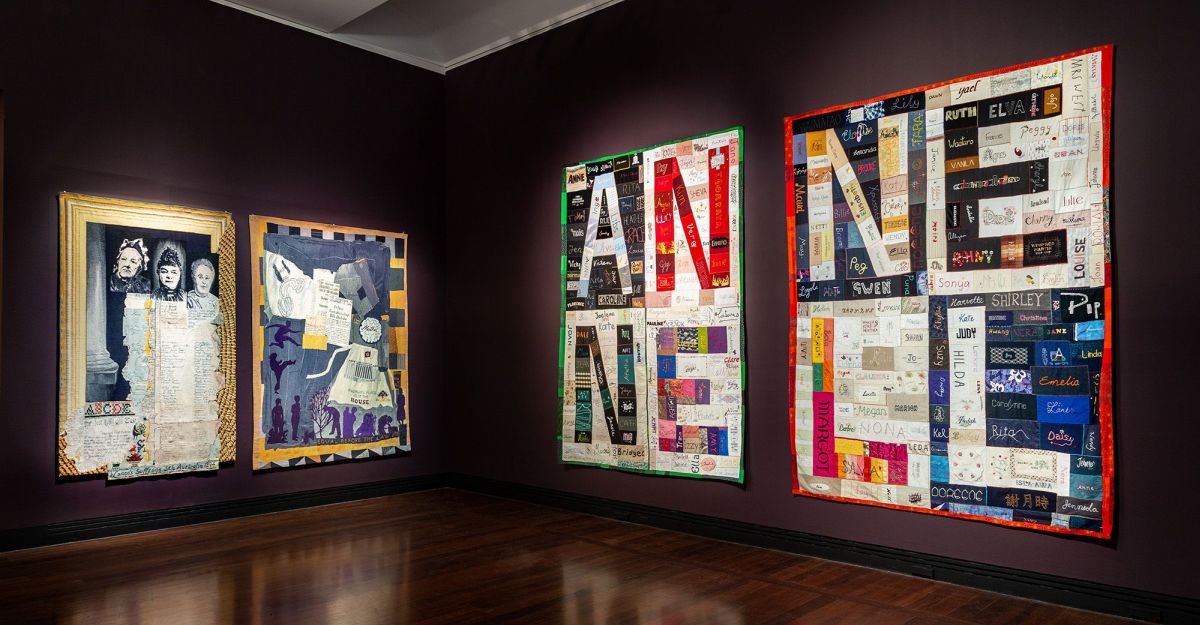In February 2024, Arts Council England released an update to its funding guidelines. Part of its policies now stated that “overtly political or activist” activities made by individuals linked to an arts organisation can cause “reputational risk” and “be perceived as being in conflict with the purposes of public funding of culture.” When artists and art workers raised concerns about the ramifications of these guidelines in suppressing artistic freedom, the Council clarified that this position was not an act of censorship but rather about managing risk and organisational reputation.
Over the last few months, we have seen this ‘apolitical’ discourse play out in the arts and culture sector with varying effects on artists and art organisations. In Germany, Candice Breitz’s solo exhibition at The Saarland Museum was cancelled over the artist’s political posts on Gaza, demonstrating a chilling example of political censorship. Closer to home, PHOTO 2024 quietly updated its organisational values in late 2023 to include a line about “respectful impartiality.” This updated statement now reads:
We exercise inclusiveness and respect by remaining apolitical, impartial and professional as an organisation” and “we will not make statements as an organisation that might be interpreted as advocating for any particular political view.
This, despite the written goal of the festival being to “interrogate the major issues of our time.”
This public position of ‘impartiality’ has also been taken up by a number of Australian arts organisations in response to the advocacy group Artists4Palestine (A4P). The initial letter of petition by A4P, signed by over a thousand artists and artworkers in the country, asked for arts organisations to “embody the ideals of political activism, social justice and decolonial struggle that permeate your curatorial program” by joining in calling for a permanent ceasefire in Palestine. At time of writing this article, the Museum of Contemporary Art Australia, Artspace, Australian Centre for Contemporary Art, Perth Institute of Contemporary Art, and Northern Centre for Contemporary Art have all responded they will not take a public position on the matter.
These public apolitical stances raise more questions than answers, particularly when applied to art and artists who make work that engage with social and cultural issues of our time. While statements of impartiality may make sense within the bureaucratic systems of government bodies, in the field of contemporary art — where artists are supposed to operate with independence and agency, where artistic freedom is celebrated by these very governing bodies — these ‘apolitical’ statements are naïve at best, and could at worst lead to negative ramifications for future work. They also unfairly place the burden on individual artists to continue advocating for political change, while organisations benefit from the creative and cultural capital of this labour.
This dissonance seems to arise because there is disagreement over what the role of art and art organisations are to society. The existence of public museums and galleries is a relatively modern phenomenon that recognises the social ‘good’ that arises from public access to art. In order to claim that art or places where we view art should remain ‘apolitical’ means therefore accepting that art is somehow removed from the context of its production and the broader world of its distribution, reception and appreciation — the very reason museums and galleries exist. It also seems to accept that art cannot and should not add to public discourse, instead existing at an arm’s length from matters of the world. A quick glance through any undergraduate art history text will quickly reveal the fallacy and inaccuracy of this perspective.
Assuming an ‘apolitical’ position also runs the risk of minimising the precarious position that many artists operate in — where their very existence in this industry is already a political statement. This is particularly the case for artists with diverse lived experiences whose work challenges historically privileged world views — including patriarchy, heteronormativity or whiteness. Working from these identities naturally imbues the artist’s work and their public reception through this lens, and it would be a disservice to ignore this lived reality.
The same can also be said with respect to grass-roots arts organisations and collectives, many of which were founded in response to needs within the broader sector for more equitable opportunities. As someone who has spent the last year working for an artist-run-organisation, one of dozens within the country, I recognise that political action is naturally inscribed into our existence as we try to fill the gaps left behind by large organisations. Artist-Run-Initiatives and independent art spaces will always exist, as long as there is need to provide more infrastructure, support, and advocacy for artists. In our current time of funding crises and ‘underfunded excellence’, the very survival of a greater arts sector is political.
The other main issue with claiming an ‘apolitical’ position is that it’s actually a political stance in defence of the status quo. While talking down to artists and individuals who operate in a political climate, it also simultaneously bolsters the status quo as it does not embolden meaningful change. Call me idealistic, but many of my peers and I entered the arts because we believed art had something to offer the world more than providing decorative objects for the walls of the rich and wealthy (or a way to fill tax-free storage facilities.)
I don’t mean to say here that individual artworks that could be said to be apolitical don’t exist, but rather, I want to draw attention to what might result from holding up apolitical art as a guiding principle or ethos to the broader arts sector from the top down. If we want to accept that artists are tastemakers, and changemakers; if we want to stand by our words in uplifting the importance of art in the world as a mirror to it, then this requires us to stand with conviction to also accept that artists, art spaces, and our culture industries already exist within a complex web of political and social entanglement.
What makes art worth fighting for, and part of its power comes from its creative potential: while an exhibition may itself not lead to policy change, it can influence ideas and offer a space to imagine alternative futures. If our galleries and museums want us to believe in the importance of art to society, they also need to accept this interconnection of art, politics, and praxis. To accept less would be a moral contradiction.
Original illustration by Judy Kuo (@judyk__)



